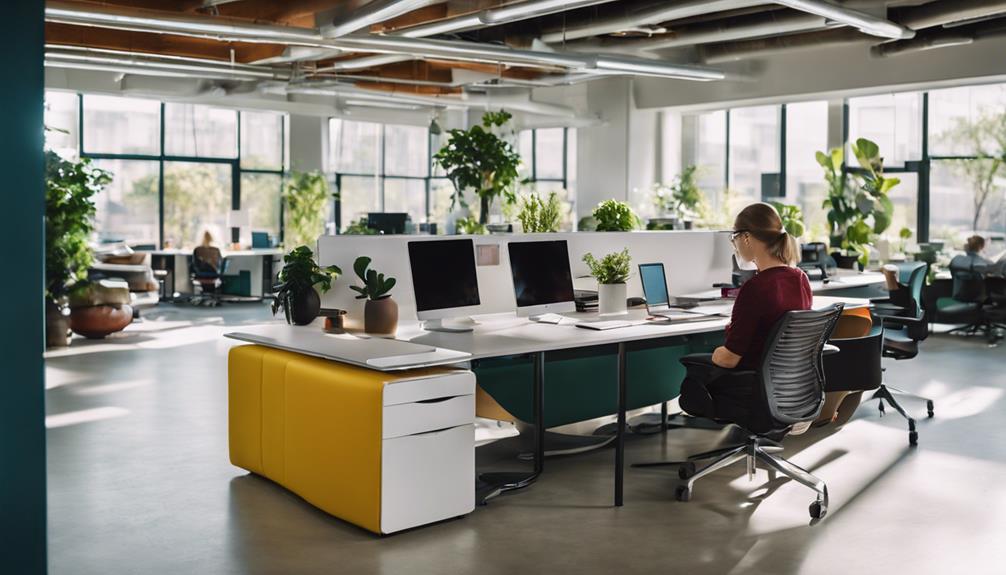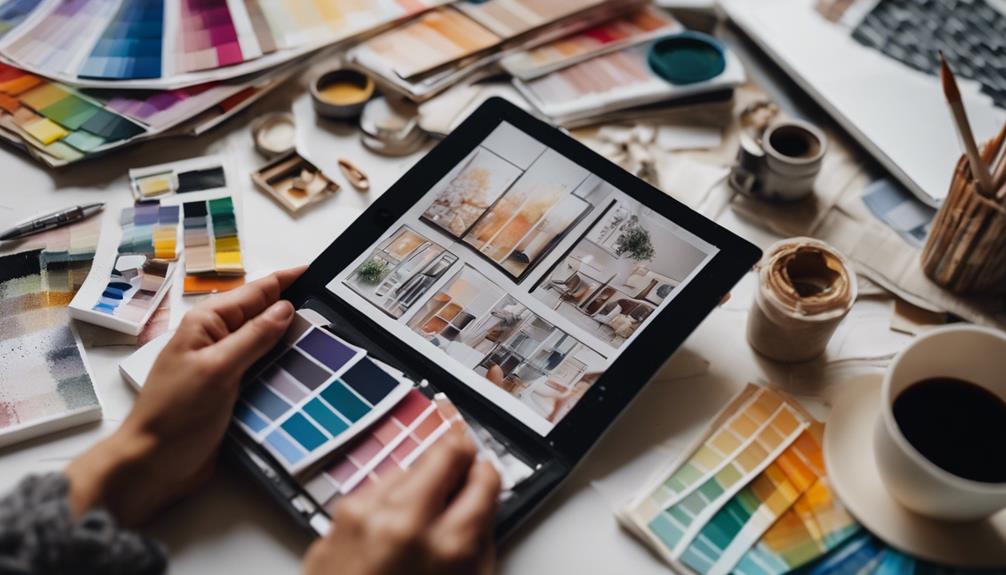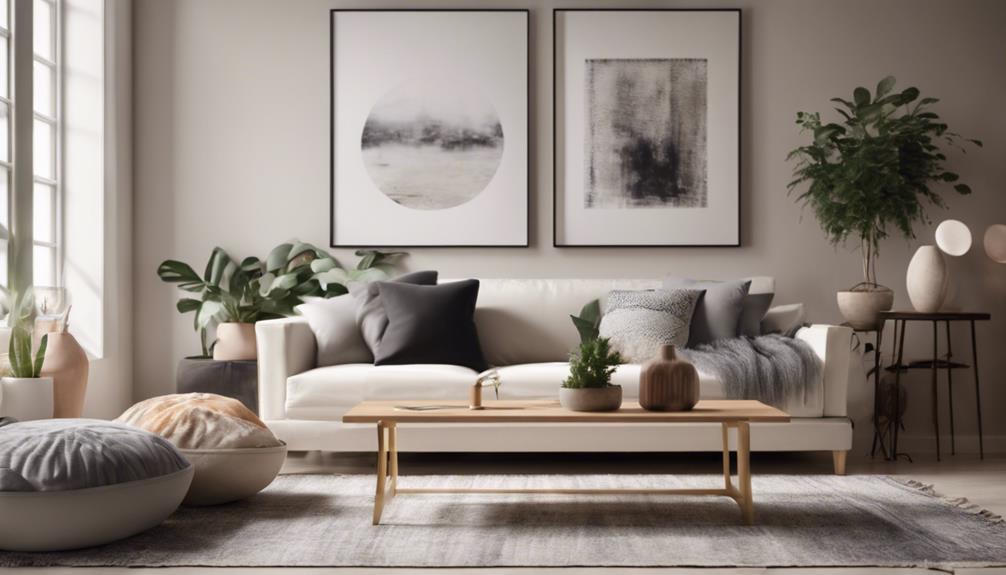Sarah Travers is reshaping the flexible office landscape by promoting community engagement and innovative workspace designs. By emphasizing collaboration and tenant satisfaction, she focuses on creating customized environments to accommodate different work styles. Her approach involves forming partnerships with landlords to improve local ecosystems and enhance accessibility. Sustainability is also a key priority, influencing the choice of eco-friendly materials and customizable spaces. Under her guidance, Workbar has seen significant revenue growth while adapting to meet contemporary requirements. Interested in learning more about how she is revolutionizing this industry? Discover valuable insights by delving deeper.
Key Takeaways
- Sarah Travers emphasizes community happiness, prioritizing tenant needs to enhance the flexible office landscape.
- Under her leadership, Workbar's regional expansion focuses on accessibility and minimizing commuting times for members.
- Collaboration with landlords creates innovative partnerships that activate underutilized spaces and attract unique foot traffic.
- Customized office environments, in partnership with CORT, foster creativity and adaptability to diverse work styles.
Workbar's Unique Approach
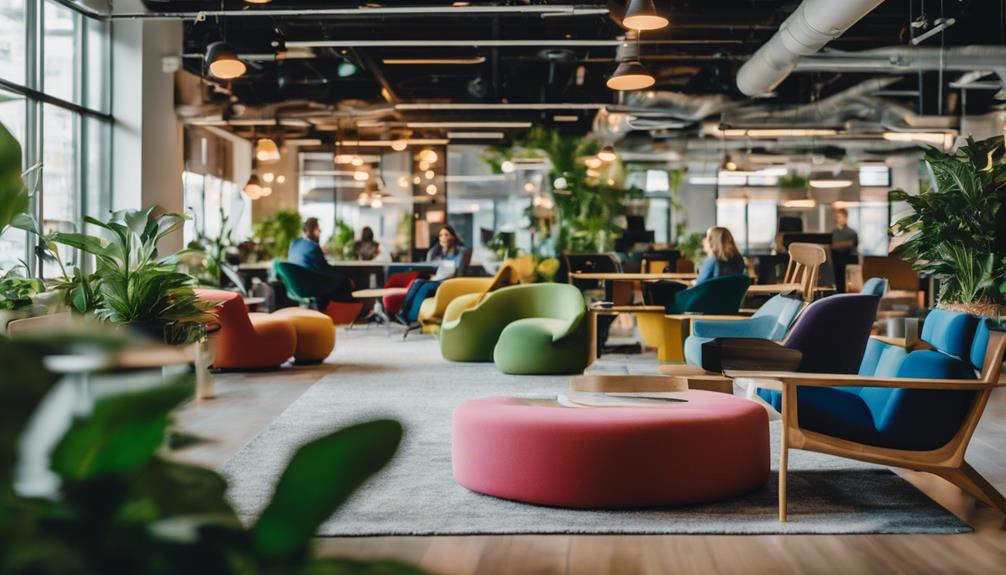
Workbar stands out with its commitment to fostering human happiness and community interaction, redefining the traditional coworking experience.
You'll notice that their approach diverges from typical coworking models, placing a strong emphasis on collaboration and innovation. Instead of cookie-cutter spaces, you'll find diverse environments tailored to different work styles, making your workspace feel unique.
Flexible lease terms cater to modern tenants, who prefer short-term agreements over traditional 12-month leases. This model not only enhances your work experience but also builds a sense of community among tenants and landlords.
Regional Expansion Strategy
Since launching its regional expansion strategy in 2015, Workbar has focused on creating accessible coworking spaces that minimize commuting times for its members.
You'll find that this approach not only enhances convenience but also fosters a vibrant community. With eleven locations already established in the greater Boston area, Workbar aims to expand further into other North American markets.
Here are some highlights of their strategy:
- Proximity to urban centers guarantees easy access for members.
- Focus on accessibility features caters to diverse needs.
- Member feedback drives decisions, making spaces more user-centric.
This strategy is shaping the future of flexible workspaces.
Collaboration With Landlords

Collaboration with landlords transforms traditional leasing dynamics, creating mutually beneficial partnerships that enhance business ecosystems.
You'll find that Workbar acts as a true partner, not just a tenant, bringing unique foot traffic to Class B buildings. This approach boosts local businesses while providing landlords with valuable insights into member utilization and mobility patterns.
With the Synergy Suites program, you can manage vacant spaces effectively, ensuring landlords see enhanced sales and marketing efforts. By sharing actionable data, you help landlords activate their buildings in innovative ways.
This partnership model not only reduces risk for landlords but also creates diverse revenue streams, fostering a thriving community that benefits everyone involved.
Embrace collaboration for a more dynamic office landscape.
Customization of Office Spaces
Customizing office spaces is key to meeting the diverse needs of tenants and enhancing their work experience within the community-focused model. By collaborating with CORT, you can create tailored environments that reflect your specific preferences. This flexibility not only supports various work styles but also fosters a sense of ownership among tenants.
Here are some aspects of customization you might enjoy:
- Unique furniture selections that align with your brand identity.
- Adjustable layouts to accommodate team collaboration or focused work.
- Personalized decor options to inspire creativity and comfort.
With these customizations, your workspace becomes more than just a location; it transforms into a vibrant community hub.
Sustainability Practices

As you explore sustainable practices, you'll find that minimizing furniture waste and adopting eco-friendly solutions are integral to creating a responsible office environment.
Workbar collaborates with CORT to guarantee that every piece of furniture is selected with sustainability in mind. By focusing on a subscription model, they promote resource efficiency and reduce environmental impact. This model allows you to customize your workspace without committing to long-term purchases, which keeps waste to a minimum.
Additionally, flexible space designs accommodate diverse needs while supporting sustainability goals. You'll appreciate how these practices not only benefit the planet but also enhance the overall office experience, fostering a culture of awareness and responsibility among tenants.
Embracing these strategies makes your workspace more sustainable and enjoyable.
Financial Performance Insights
Workbar's financial performance stands out in the coworking industry, boasting revenue generation of $90 per square foot, particularly higher than the typical $30-$35 gross rent. This impressive figure reflects the effectiveness of Workbar's innovative approach and solidifies its position as a leader in the market.
Ten years of financial data showcases consistent growth and value.
Landlords increasingly seek innovative deal structures, recognizing reduced risk. Cost-effective buildouts contribute to diverse revenue streams for landlords. Evolving building valuation practices highlight the demand for flexible spaces.
With these insights, you can see how Workbar not only benefits its tenants but also creates significant value for landlords, setting a new standard in the coworking landscape.
Sarah Travers' Visionary Leadership
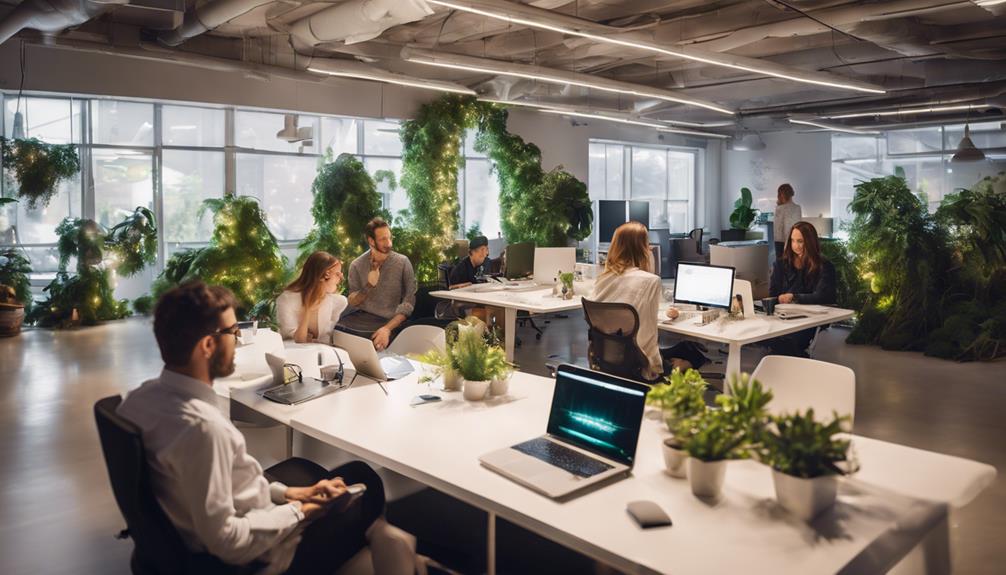
Sarah Travers leads with a clear vision that transforms coworking into a regional powerhouse, prioritizing community and tenant needs above all.
You'll find her approach reshaping the office landscape, as she champions innovative models that foster collaboration and connection.
By listening to member feedback, Sarah drives expansion into strategically chosen locations, ensuring accessibility and reduced commute times.
Her partnership with landlords creates unique value, enhancing local ecosystems while simultaneously boosting class B building foot traffic.
Sarah's commitment to sustainability and customization reflects a modern understanding of tenant preferences.
With proven financial performance, she's not just leading; she's redefining the coworking industry, making it more adaptable and human-centered than ever before.
How Has Sarah Travers Contributed to the Transformation of Flexible Office Landscapes?
Sarah Travers has made a significant impact on transforming flex spaces modern workplaces. As a pioneer in office design, her innovative approach has reshaped traditional work environments and created more dynamic, adaptable spaces. Her contributions have greatly influenced the evolution of flexible office landscapes.
Conclusion
To summarize, Sarah Travers is revolutionizing the flexible office landscape, proving that community-driven approaches lead to success.
Did you know that companies with strong workplace cultures experience 30% higher productivity?
By fostering genuine connections and catering to diverse work styles, Workbar not only enhances employee happiness but also boosts performance.
Travers's visionary leadership is paving the way for a more collaborative, sustainable future in the coworking industry, inspiring others to rethink their own workspace strategies.
